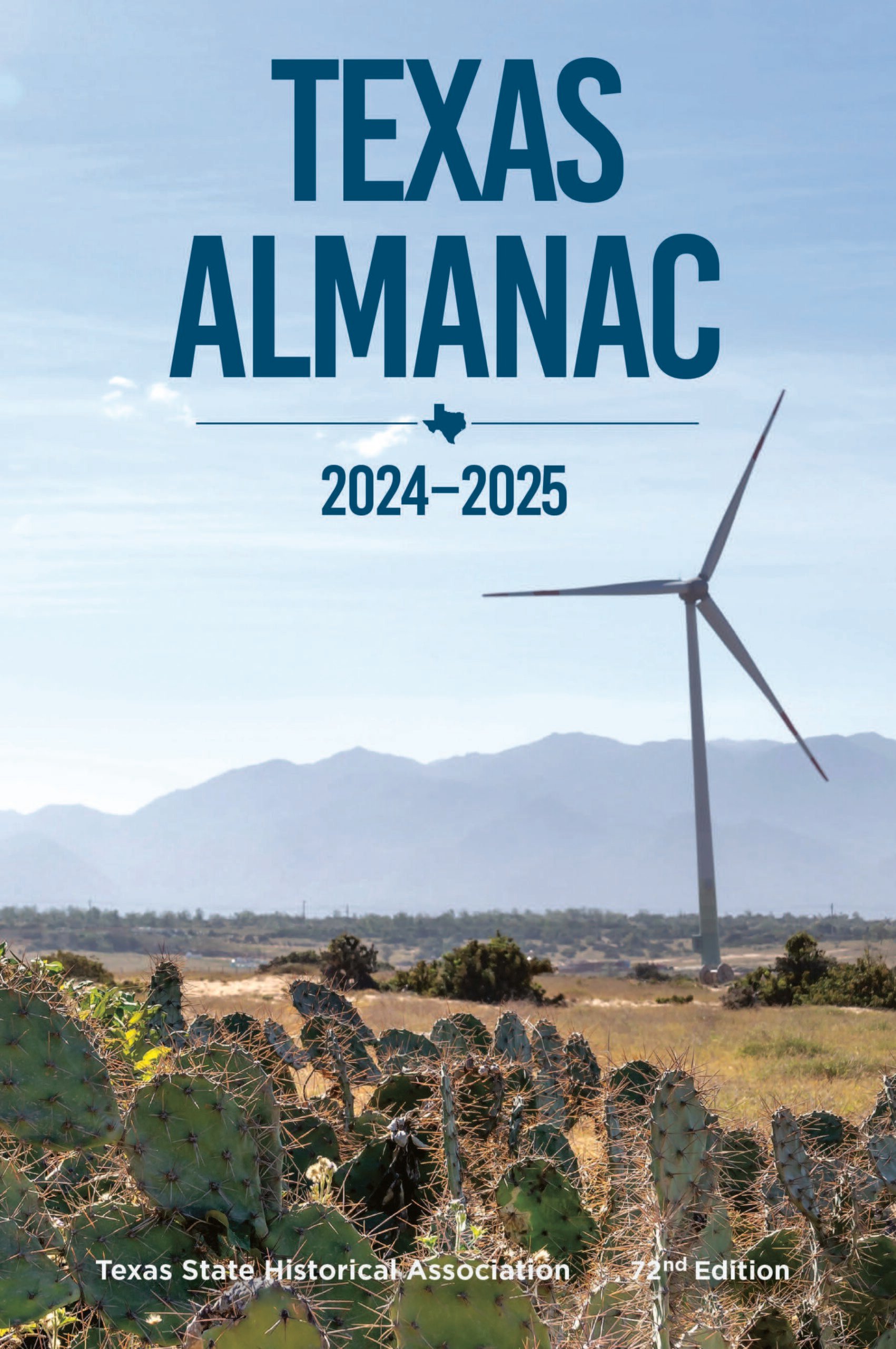Waxahachie
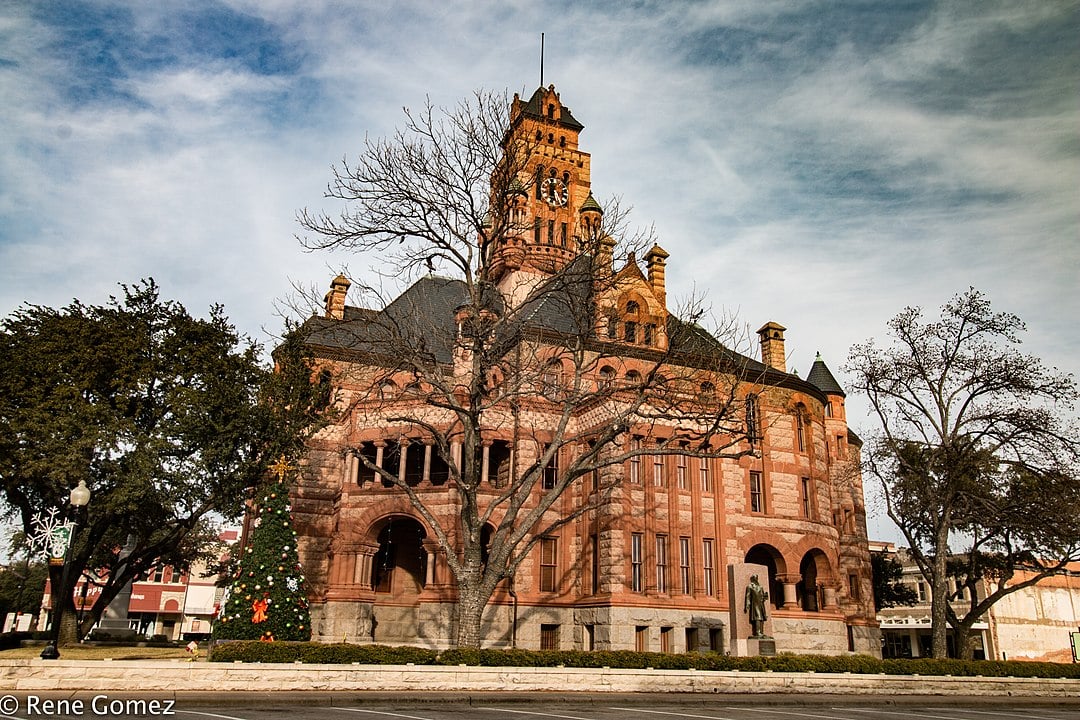
Waxahachie, Texas
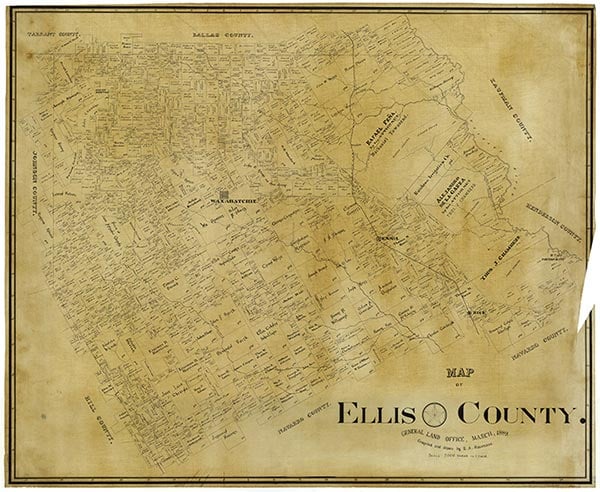
Waxahachie, the county seat of Ellis County, is on Interstate Highway 35E and U.S. Highway 287, thirty miles south of Dallas in the central part of the county. The name comes from an Indian word meaning "cow" or "buffalo" and is also the name of a local creek. Waxahachie was established as the seat of the new county in August 1850 on land donated by Emory W. Rogers, a pioneer settler. Rogers, J. D. Templeton, W. H. Getzendaner, B. F. Hawkins, and J. H. Spalding were among the first settlers in the community, which began with just over 100 residents and grew rapidly from the start. In 1850 the first county courthouse was built, and a general store and the post office opened. Other businesses and residences soon followed. Local residents had organized a Methodist church in the spring of 1849 at Rogers's home. The first church building was constructed in 1851 on land owned by Rogers. Before the Civil War four churches-Methodist, Baptist, Cumberland Presbyterian, and "Old School" Presbyterian-existed in Waxahachie. The community's first school of any consequence, the Waxahachie Academy, was established in 1860 and operated for thirty-seven years. A system of free public schools soon developed. The community's first bank, owned by J. W. Ferris and W. H. Getzendaner, began operation on July 1, 1868. The first newspaper, the Waxahachie Argus, began publication in 1870. The town has continued to support at least one newspaper since that time. Waxahachie was incorporated on April 28, 1871, and adopted a mayor-alderman form of government. Four years later the state legislature granted a corporate charter to the investors in the Waxahachie Tap Railroad to construct and operate a rail line to Garrett, twelve miles east. Ground was broken for the line on June 14, 1875; construction was completed, and the line was in operation in September 1879. Within one year of its completion the road transported over 5,000 bales of cotton from Waxahachie and carried over 140 carloads of lumber into the community. The arrival of additional rail lines during succeeding decades combined with the county's growing agricultural production to accelerate prosperity and rapid growth. The Civil War and Reconstruction seemed to have little effect on the development of Waxahachie.
By 1880 the population stood at 1,354. The following year the Waxahachie Tap was absorbed by the Houston and Texas Central Railway, which extended the line, and thus the town's connections, to Fort Worth. Six years later the Missouri, Kansas and Texas Railroad built through Waxahachie. In 1876 the Methodist Episcopal Church, South, had founded a high school called Marvin College in Waxahachie; in 1884 the church sold the institution to the town for use as one of six free public schools. That year Waxahachie had ninety businesses. By 1899 it had over 100 businesses, including an electric light factory. Its population rose from 3,500 in 1890 to 4,000 in 1892, and by 1892 four banks and three weekly newspapers operated in the community. The mule-drawn Waxahachie Street Railroad provided public transportation. The population reached 4,215 in 1900. In 1900 and 1901 a cotton textile mill, capitalized at $100,000, began operation. The finished plant had 204 looms and 9,000 spindles and used 4,000 bales of cotton a year to produce single-filling duck and toweling cloth. The plant doubled its capacity in 1907, but, like many of the plants constructed during the South's "cotton mill campaign" of the late nineteenth and early twentieth centuries, it eventually became unprofitable and closed down.
Margaret L. Felty | © TSHA

Adapted from the official Handbook of Texas, a state encyclopedia developed by Texas State Historical Association (TSHA). It is an authoritative source of trusted historical records.

- ✅ Adoption Status:
- This place is available for adoption! Available for adoption!
- Adopted by:
- Your name goes here
- Dedication Message:
- Your message goes here
Belongs to
Waxahachie is part of or belongs to the following places:
Currently Exists
Yes
Place type
Waxahachie is classified as a Town
Location
Latitude: 32.40356310Longitude: -96.84359500
Has Post Office
Yes
Is Incorporated
Yes
Population Count, 2021 View more »
43,368
Places of Waxahachie
| Place | Type | Population (Year/Source) | Currently Exists |
|---|---|---|---|
| College or University | – | Yes | |
| College or University | – | Yes |
Photos Nearby:
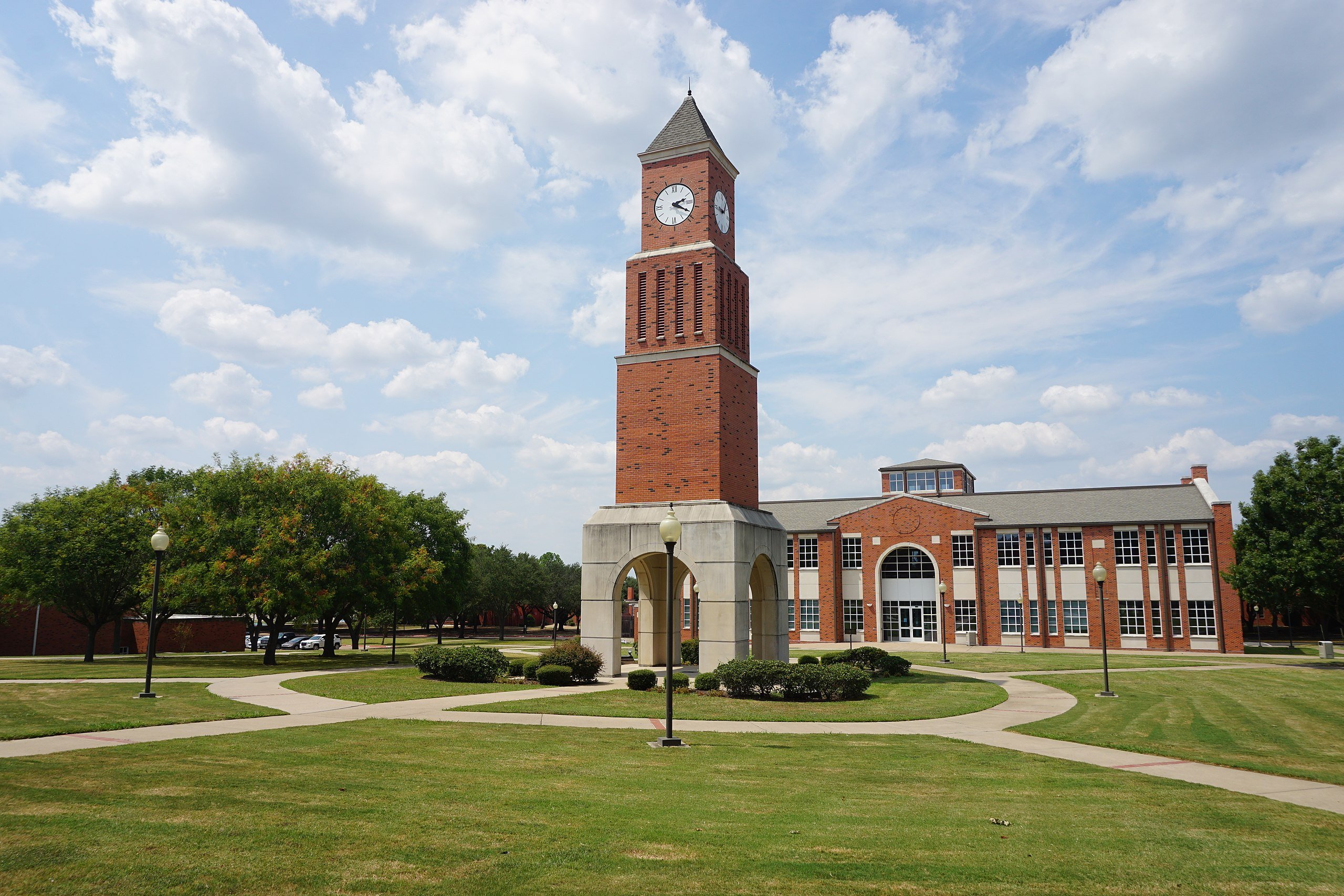
Barracks Bunch Clock Tower & Richard M. Sanchez Library in Corsicana, TX
Photo by Michael Barera, CC BY-SA 4.0, via Wikimedia Commons

Sheaffer Center Building
Photo by Fkbowen, CC BY-SA 4.0, via Wikimedia Commons
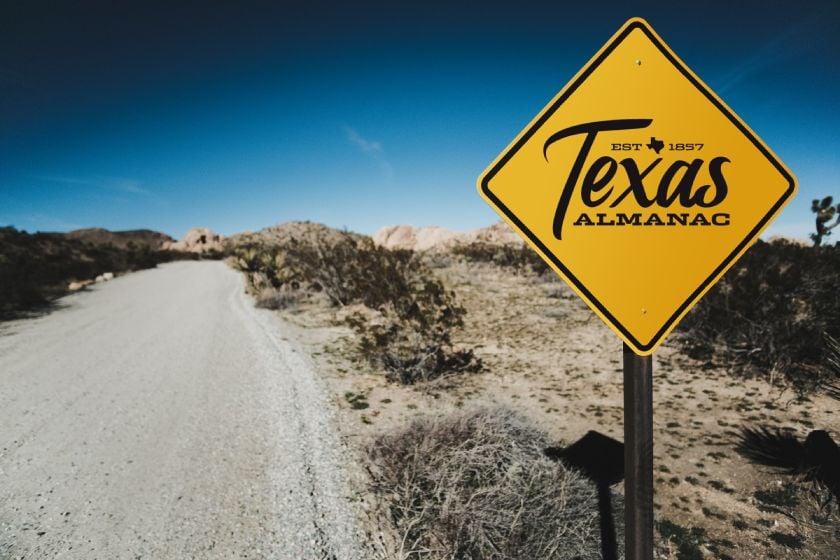
Proud to call Texas home?
Put your name on the town, county, or lake of your choice.
Search Places »

